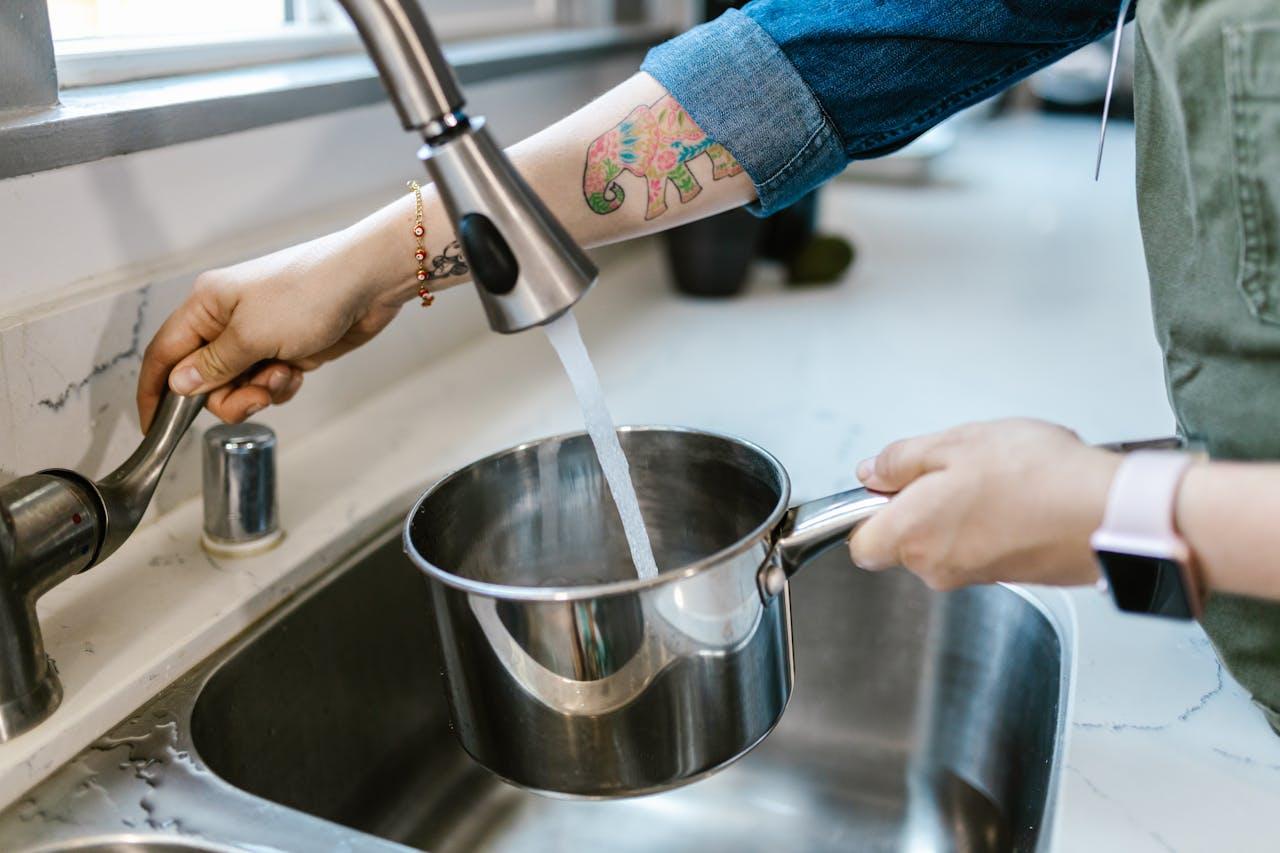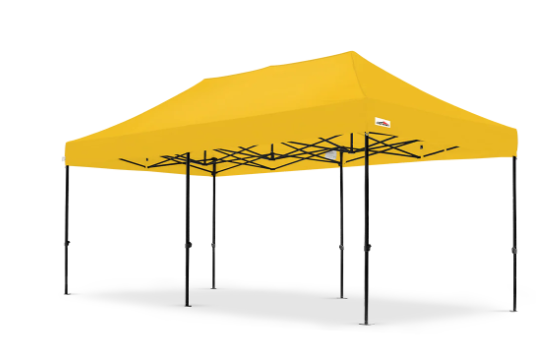
Have you ever glanced at your water bill and thought, Wait… how is it that high? You’re not alone. The average American family uses more than 300 gallons of water per day, with most of it going down drains, into appliances, or straight onto lawns that don’t even look that green.
With droughts becoming more frequent, water shortages making headlines, and utility costs climbing, saving water isn’t just about conservation—it’s about saving money and adapting to a world where water is becoming a precious commodity. Yet, many homeowners don’t realize how much of their daily routine leads to waste.
The good news? Small changes add up. Modern appliances, smart tech, and better habits can dramatically lower your home’s water consumption without making life inconvenient. In this blog, we will share practical strategies to help you turn your home into a water-saving powerhouse—one faucet, toilet, and appliance at a time.
Water Waste Is Sneakier Than You Think
Most of us assume we’re pretty responsible with water. We turn off the tap while brushing our teeth and fix leaks when we spot them. But hidden water waste lurks everywhere, disguised as everyday habits.
Take dishwashing, for example. Some people still believe hand-washing dishes saves water. It doesn’t. In fact, how much water does a dishwasher use? On average, modern dishwashers consume around 3 to 5 gallons per cycle, whereas washing by hand can waste up to 27 gallons. That’s right—your effort to be “thorough” is likely costing you more water and money than you realize.
The same goes for laundry. A standard washing machine can use up to 40 gallons per load if it’s an older model. Even newer ones aren’t always as efficient as they claim, especially if you’re running half-full loads.
Then there’s the notorious toilet. Did you know toilets are the biggest water users inside the home? A single flush can send up to 7 gallons of clean water down the drain if you have an older model. Multiply that by daily use, and you’re literally flushing hundreds of gallons every month.
The lesson? Water waste isn’t just about what you see—it’s about what’s happening behind the scenes, in pipes, appliances, and old fixtures that were never designed with conservation in mind.
The Simple Fixes That Save Thousands of Gallons
So, where do you start? The easiest solutions are the ones you barely notice.
- Upgrade Your Fixtures
If your home still has toilets from the last century, swap them for low-flow models, which use as little as 1.28 gallons per flush. That’s an instant drop in water use with no effort on your part. The same goes for showerheads—switching to a WaterSense-certified model can cut your shower’s water usage by 30%, without sacrificing pressure. - Be Smart About Laundry
Waiting until you have a full load before running the washer can save thousands of gallons per year. Also, cold water cycles aren’t just for delicate fabrics—they reduce energy use and work just as well for most loads. - Rethink Lawn Care
Your lawn doesn’t need to look like a golf course. Watering early in the morning or late at night prevents evaporation. Better yet, native plants require far less irrigation than traditional grass. Want a real game-changer? Consider replacing part of your yard with drought-resistant landscaping. - Fix Leaks—Fast
Can you guess how much water is wasted when a single leaky faucet drips at one drop per second? 3,000 gallons a year! If you have a running toilet, you could be losing 200 gallons a day. That’s enough to fill a backyard swimming pool in just a few months. - Ditch the Hose
Washing your car in the driveway can also waste a lot of water. A commercial car wash uses far less, thanks to water recycling systems. Even better? Go waterless with a spray-on car cleaning solution. If you must wash at home, use a bucket instead of a running hose to cut down on waste.
Smart Tech That Takes Water Conservation to the Next Level
If you love technology, there’s no shortage of water-saving gadgets to add to your home.
- Smart Irrigation Systems: Traditional sprinklers waste a ridiculous amount of water. Wi-Fi-enabled irrigation systems adjust watering schedules based on weather forecasts, so you’re not watering during a rainstorm.
- Leak Detection Sensors: These little devices monitor your pipes and alert you to leaks before they become costly disasters. Some can even shut off water automatically if they detect an issue.
- Water Monitoring Meters: Want to know exactly where your water is going? Real-time water monitors track usage by the gallon, showing you which habits and appliances are using the most.
These upgrades don’t just help the planet—they pay for themselves in lower water bills over time.
Why This Matters More Than Ever
Water conservation isn’t just about individual savings. It’s about adapting to the bigger picture.
In states like California and Arizona, severe droughts have led to water restrictions and even fines for excessive use. Across the U.S., aging water infrastructure means higher costs for municipalities, which get passed down to homeowners.
Globally, freshwater demand is projected to outstrip supply by 40% by 2030. That’s a crisis in the making. If we don’t change our habits now, stricter regulations and even higher costs will become the norm.
That’s why making your home water-efficient isn’t just smart—it’s necessary.
The bottom line? Turning your home into a water-saving powerhouse doesn’t mean living off rain barrels or giving up showers. It means choosing smarter appliances, fixing leaks, and being mindful of waste.
The best part? Many of these changes require zero effort once you put them in place. A more efficient dishwasher, a low-flow showerhead, a leak detector—once installed, they do the work for you.
And while saving water helps the planet, it also helps your wallet. Lower bills, fewer repairs, and long-term savings make conservation a no-brainer.
So next time you let the sink run or wait too long to fix a leak, ask yourself—am I wasting water I could be saving? Because in the end, every drop counts.
Write and Win: Participate in Creative writing Contest & International Essay Contest and win fabulous prizes.


